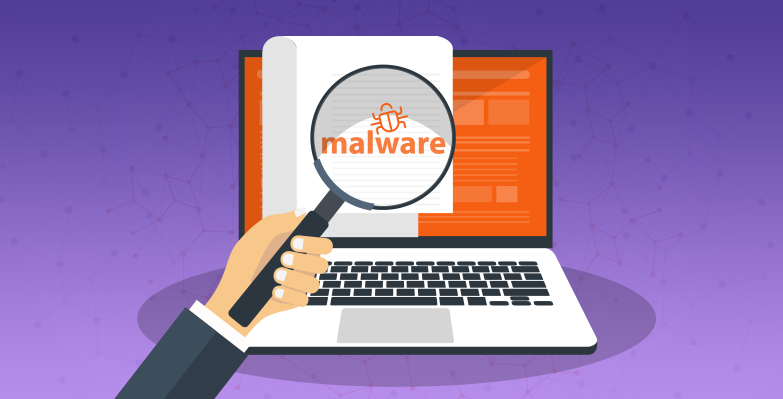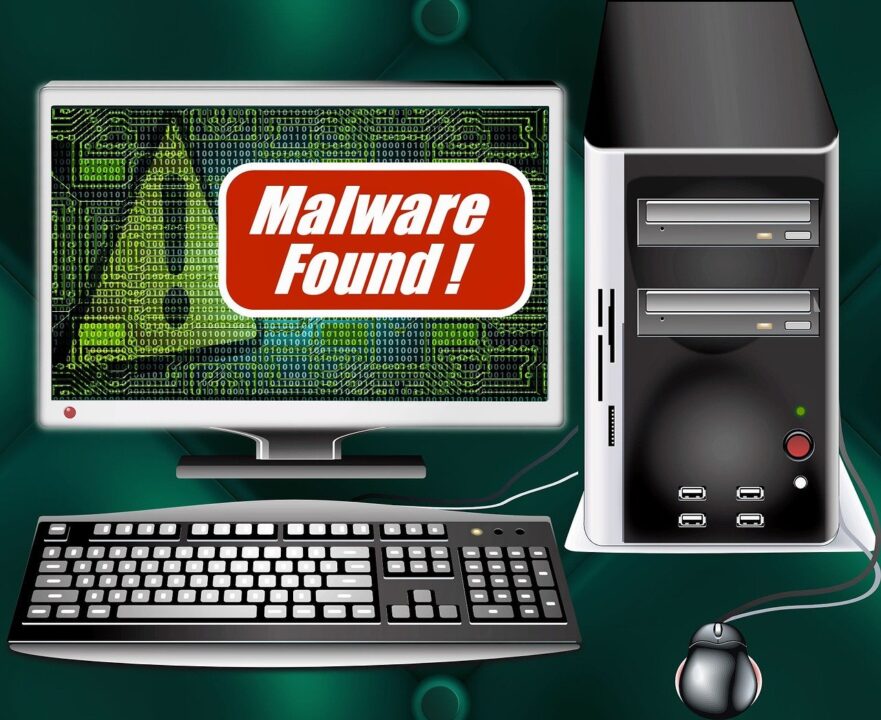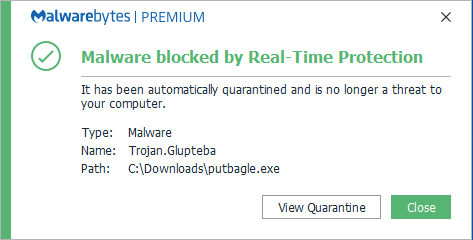
Threat actors have compromised 70,000 previously legitimate websites and created a powerful network capable of distributing malware.
Named VexTrio, this network of compromised websites appears to have started in 2017, but it’s only more recently that details around its activity have emerged. As well as distributing malware, the VexTrio network also utilizes phishing pages, and allows the VexTrio hackers to harvest login credentials. The campaign is a significant one, and one which is powerful enough to cause harm to anyone who gets caught up in its operations. Therefore, it’s time to take a look at the VexTrio campaign to see what we can learn.
Understanding the VexTrio Network
The VexTrio campaign relies on a malicious traffic distribution system (TDS) to lead unsuspecting internet users to compromised websites. A TDS is, in simple terms, a web application used to analyze and filter incoming traffic and, following the analysis, redirect it to a specific page. Typically, the activities of a TDS are facilitated by malvertising activities or malicious websites. VexTrio favors using malicious websites.
Working with a number of affiliates, many of whom offer access to hijacked websites, VexTrio has managed to amass a sizeable network over the last seven years. And VexTrio are very much the middle-man in the operation. For a fee, VexTrio will feed incoming traffic through their TDS and forward innocent victims towards the websites they’re mostly likely to be interested in. It’s very similar to legitimate advertising networks, but with a vicious sting in its tale.
The malicious websites which comprise the VexTrio network contain a wide range of threats. For example, one of the affiliates, known as ClearFake, tricks users into downloading what is claimed to be a browser update, but is little more than malware. SocGholish, another well-known malware threat, is part of the VexTrio network and uses it to push unauthorized access to corporate websites.
Don’t Fall Victim to VexTrio
The threat of VexTrio is a substantial one, and organizations need to be aware of the damage it can cause. Luckily, you can protect yourself and your IT systems by implementing the following best practices:
- Use an adblocker: you can minimize the risk of being lured to a malicious website by installing an adblocker on your systems. Not only will this block annoying popups, but it will also block any malvertising threats from being activated. These adblockers are usually available as browser extensions e.g. Ghostery and AdBlock for Chrome.
- Disable JavaScript: attacks launched through VexTrio often rely on JavaScript to execute their malicious tasks. Accordingly, disabling JavaScript will eliminate the chances of such an attack taking place on your system. However, JavaScript is essential for many legitimate websites, so it’s recommended that you allow it to run only on trusted sites.
- Install anti-malware tools: if you install an anti-malware app, such as AVG, you benefit from tools which block malicious websites. These tools are connected to databases which are constantly updated to identify and block malicious websites, such as those featured in the VexTrio network.
For more ways to secure and optimize your business technology, contact your local IT professionals.
Read More










